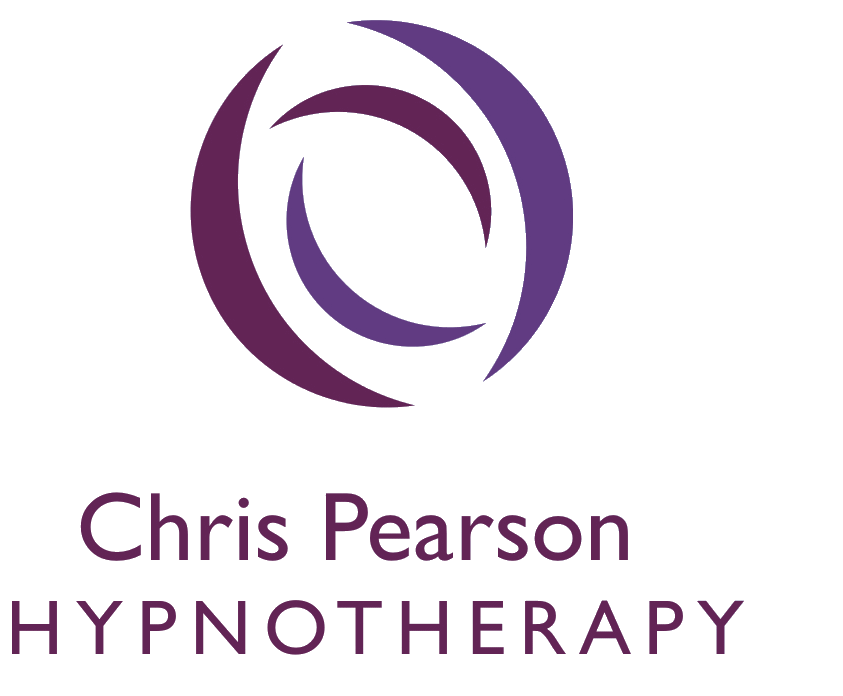This element of the assessment process, following the diagnostic step, evaluates a person’s misophonia.
The documents
We usually begin by asking each individual to complete an Assessment Pack – a collection of standardised documents.
 The documents that have been used until 2017 are all formulated in the
The documents that have been used until 2017 are all formulated in the  auditory domain. The consistency of using documents that have a proven track record is a great benefit but, quite clearly, statements such as My sound issues currently make me feel hopeless do not properly engage a person with a visual issue. Previously, individuals were asked to simply imagine the statement applied specifically to their condition.
auditory domain. The consistency of using documents that have a proven track record is a great benefit but, quite clearly, statements such as My sound issues currently make me feel hopeless do not properly engage a person with a visual issue. Previously, individuals were asked to simply imagine the statement applied specifically to their condition.
The development of sensory-neutral assessment documents has overcome many of the issues associated with the earlier revisions and, by trialling the updates prior to their routine use, we can be fairly sure they can be broadly equivalent to their predecessors.
If you’d like to consider your own misophonia – or assess the severity of the condition in a child, perhaps – you can download the Misophonia Assessment Questionnaire (MAQ) and the Amsterdam Misophonia Scale (A-MISO-S) Please note: these are the older, original documents. They will be updated once the newer, sensory-neutral versions are accepted. Both of the downloads are Adobe fillable forms so they can be completed on your internet device or printed out.
What do the documents tell us?
In the instance of MAQ, a sum score of 11 or less is usually an indication that there are no symptoms or the feelings experienced are very mild: it is categorised as sub-clinical. (The scale is rated to a maximum of 63) From 12 to 24 we categorise the condition as being mild; 25 to 37 being moderate and 38 to 50 as severe. Above 50 – from 50 to 63 – a person’s misophonia is termed extreme. The sum score on any day may vary from other occasions because of an individual’s day-to-day experiences, their quality of sleep or stressful events in their life. So therapists will usually consider the pattern of the responses to the statements, the percentage score or its change over time, as well as the score itself.
We can also consider those statements that express optimism – and those that are pessimistic – as well as grouping responses to items that consider, perhaps, experience in groups or other social instances. Therapy should not, of course, be an exercise in form-filling but a number of measurements provides a clearer picture and allows us to be aware of progress over the course of a treatment plan.
Using an accepted, standard document to gather information also ensures we can refer a person to another practitioner while maintaining a mutual understanding of that individual’s condition and its change over time.
Further information
Alongside the documents there will be a variety of questions: this part of an assessment is a process of discovery. The therapist will encourage the person to talk in detail about themself, about their life and experiences and also how misophonia affects them and those around them. The therapist will almost certainly ask many questions, filling in detail as they go.

 Keeping good records is essential to the process of effective treatment. Your therapist will have ethical guidelines that determine how those records are kept and how they are kept safe and secure. You may find your therapist will, as a part of this introductory process, provide you with a Therapy Contract, which is common in psychotherapy and counselling – it sets out how client and therapist can work together to best achieve the desired outcomes.
Keeping good records is essential to the process of effective treatment. Your therapist will have ethical guidelines that determine how those records are kept and how they are kept safe and secure. You may find your therapist will, as a part of this introductory process, provide you with a Therapy Contract, which is common in psychotherapy and counselling – it sets out how client and therapist can work together to best achieve the desired outcomes.
What else?
The assessment is also an opportunity to inform the individual seeking therapy. This may include telling the person with misophonia
- how the therapy process is organised
- how the therapy is intended to work
- what the therapy will involve
- how the person can help themself – perhaps practising relaxation techniques, for example
- what the person might expect
If we’re working with young people then, of course, their parent or legal guardian will be part of the process at every stage.
At the conclusion of the assessment you should feel comfortable with your therapist’s understanding of your condition and, if appropriate, you should feel ready to commit to a process of positive personal change. None of what is planned should be a mystery.
 You can find out more from the Misophonia Institute. The Institute is a non-profit organisation, incorporated in America but with a board drawn from internationally recognised professionals working from North America and further afield.
You can find out more from the Misophonia Institute. The Institute is a non-profit organisation, incorporated in America but with a board drawn from internationally recognised professionals working from North America and further afield.
You can read about sequent repatterning, a therapy for misophonia, here.
